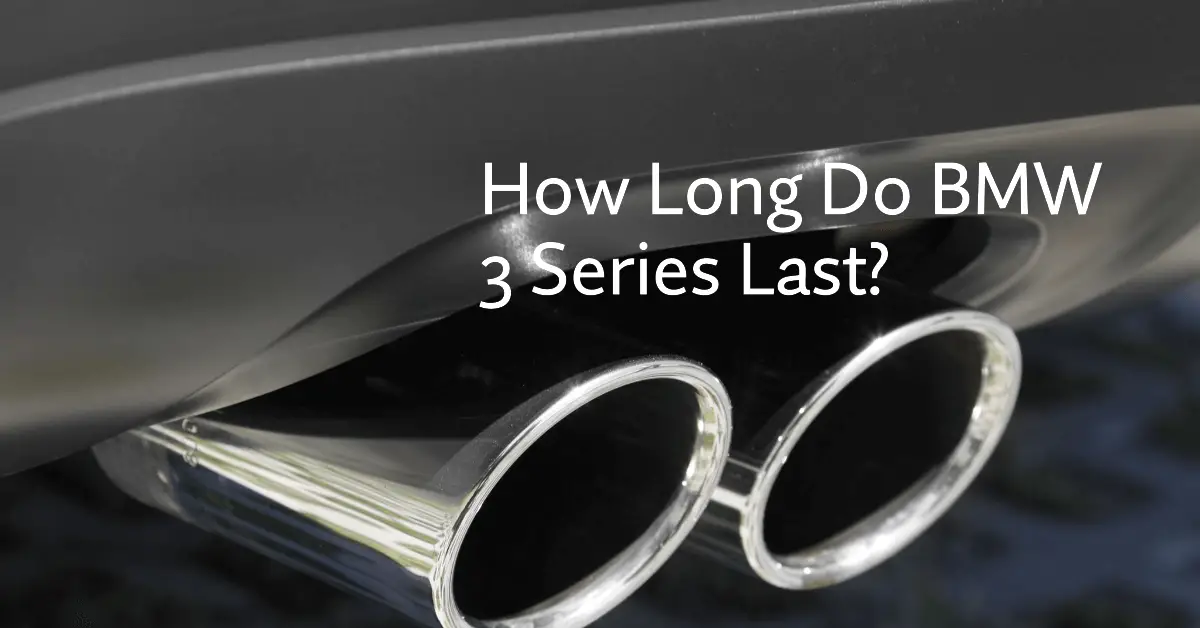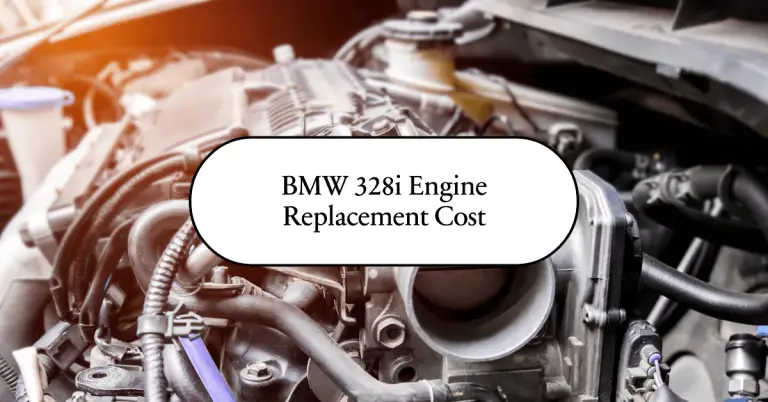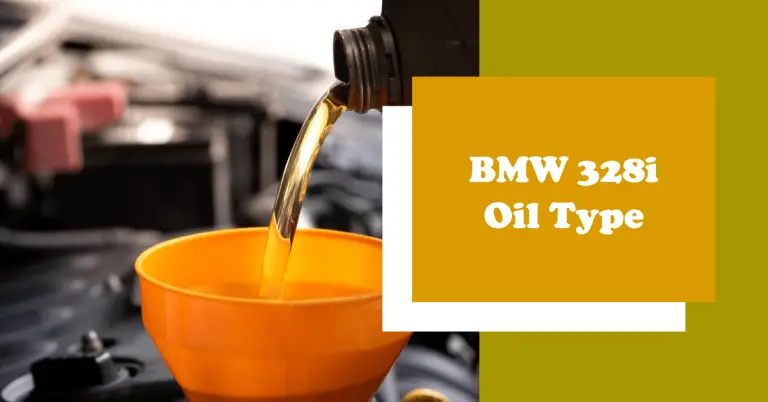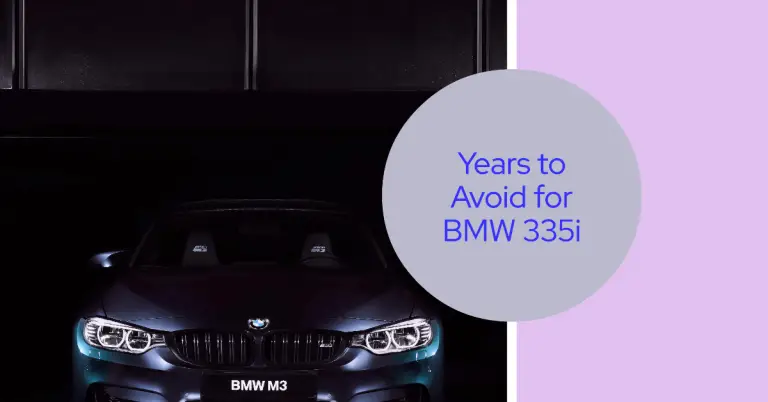How Long Do BMW 3 Series Last? A Comprehensive Guide to BMW 3 Series Lifespan
The BMW 3 Series is one of the most popular luxury compact sedans on the market today. Since its launch in 1975, over 16 million 3 Series vehicles have been sold worldwide, and it continues to be BMW’s best-selling model. With such widespread popularity across many model years, a common question many prospective 3 Series owners ask is:How long do BMW 3 Series models typically last?
The short answer is that with consistent maintenance and care, a BMW 3 Series can provide reliable transportation for 200,000 miles or 15+ years. However, there are a variety of factors that affect the lifespan of a 3 Series, which we will explore in this comprehensive guide.
In this detailed post, we will cover the following topics related to BMW 3 Series lifespan and reliability:
- Average lifespan of a BMW 3 Series
- Mileage expectancy from a 3 Series
- Lifespan of specific BMW 3 Series generations
- What impacts a 3 Series lifespan
- Tips to maximize your 3 Series lifespan
- Reliability at high mileage
- BMW 3 Series ownership cost considerations
Equipped with this guide, you will have a thorough understanding of how long a BMW 3 Series will realistically last, as well as how to optimize longevity with proper care and maintenance. Let’s get started!
What is the Average Lifespan of a BMW 3 Series?
Across all model years and variations, the average lifespan of a well maintained BMW 3 Series is 200,000 miles or 10-15 years. With diligent care and regular servicing, there are many real world examples of 3 Series vehicles reaching over 200,000 miles and beyond.
However, to achieve maximum longevity you have to look at the BMW 3 Series as a precision performance machine that requires meticulous maintenance. The famous BMW slogan “the ultimate driving machine” rings true, but it comes at the cost of higher maintenance requirements. Poor maintenance habits will certainly shorten the lifespan of your 3 Series.
Other factors that influence 3 Series lifespan are driving habits, climate conditions, quality of parts replaced, and adherence to factory recommended service intervals. Later in this article we will explore all of these factors in more detail.
How Many Miles Can You Expect a BMW 3 Series to Last?
If you maintain your BMW 3 Series according to factory recommended service intervals, use quality replacement parts, and avoid excessive wear and tear, you can reasonably expect it to last:
- Up to 150,000 miles with minimal issues
- Over 200,000 miles with some increased maintenance
- 250,000+ miles with dedication to preventative maintenance and repairs
There are numerous examples of 3 Series vehicles reaching these high mileages, even up to 300,000-400,000 miles. While this level of mileage is less common, it illustrates the longevity these vehicles are capable of.
For example, here are some real world cases of high mileage 3 Series:
- A 1997 BMW 328i with over 300,000 miles, still running strong with its original engine and transmission.
- A 2000 BMW 323i with 247,000 miles, going strong after regular fluid changes, brake repairs, and minor gasket fixes.
- A 2006 BMW 330i with 218,000 miles, running well after two clutch replacements and coil pack fixes around 150k miles.
These examples demonstrate that while repairs and increased maintenance become more common past 100,000 miles, a 3 Series that is meticulously cared for can provide many more years and miles of faithful service.
How Long Do Specific BMW 3 Series Models Last?
Now let’s take a closer look at the lifespan of some of the most popular 3 Series generations:
BMW E30 (1982-1994)
The boxy 1980s-era E30 3 Series is beloved by many BMW enthusiasts for its characteristic handling and relative simplicity. With fewer electronic components than later generations, the E30 is easier to service and modify. The fuel-efficient inline 6-cylinder engines regularly achieve over 200,000 miles. Some have been known to exceed 300,000+ miles.
Common areas of expense on high mileage E30 models include suspension bushings, brake rotors, cooling system components, and exhaust. But its overall durability and following among BMW devotees keeps many E30s running strong.
BMW E36 (1990-2000)
The succeeding E36 generation saw more technological advancement with the introduction of new engines, safety features, and the first 3 Series convertible. There are more maintenance items to look out for, especially on the 6-cylinder models, including cooling system failures and oil leaks. The 4-cylinder E36 models tend to be more reliable.
Since the E36 3 Series has depreciated significantly, it has become popular with tuners and enthusiasts. As such, many E36s have led tougher lives with modified engines, suspensions, and mismatched parts. Try to find an unmolested, stock example for the best longevity.
BMW E46 (1997-2006)
The E46 heralded an era of sweeping changes that led BMW into the complex electronic age. But it was also a period of improved reliability and engine advancements, especially with the introduction of the silky smooth inline 6-cylinder in 1999. Properly maintained E46 models easily achieve 150,000+ miles. But higher mileage examples may experience issues like failed cooling system parts, oil leaks, suspension bushings, and wheel bearings.
BMW E90 (2004-2013)
The E90 3 Series represents a giant leap in technology and complexity for the model line. Firstly, it introduces BMW’s excellent N55 twin-scroll turbocharged 6-cylinder engine. But the heavy incorporation of electronics makes problems more difficult to diagnose. Expect higher maintenance costs and more electrical glitches as these models exceed 100,000 miles.
Regardless of generation, finding a 3 Series model from the southern states or regions without snow and salted winter roads will help prolong its lifespan given the reduced underbody corrosion. Considering these generational tendencies will help set realistic lifespan expectations.
What Impacts BMW 3 Series Lifespan?
Now that we’ve considered the average BMW 3 Series lifespan and expectations by generation, let’s review the most significant factors that affect longevity:
Regular Maintenance
This one can’t be overstated. Closely following factory specified maintenance intervals for fluid changes, filters, belts, and other wear items is required to achieve the longest lifespan from your 3 Series. Falling behind on oil changes, in particular, can decimate engine life.
Driving Habits
Your driving style also plays a huge role in 3 Series lifespan. Aggressive acceleration, heavy braking, and high sustained speeds place more strain on the drivetrain. Significant mileage accrued at highway speeds shortens maintenance intervals. Going easy on your BMW will reward you with longer component life.
Climate Conditions
Where you live impacts vehicle longevity. Cold northern climates promote rust due to salted winter roads. Sustained high heat in southern regions accelerates wear on plastics, rubber, and electronics. Ideal conditions for BMW longevity are temperate coastal regions.
Quality of Parts
Using factory OEM parts for critical items like brake pads and sensors is advised when possible. Cheaper aftermarket parts often fail quicker. The cost premium of OEM parts pays off through increased lifespan. Independent shops may install OEM equivalents that offer a good compromise.
Factory Service Schedule
BMW engineers prescribe comprehensive service intervals based on real-world testing. Following these specifications for fluid changes, filters, spark plugs, belts, etc. provides the best shot at achieving maximum mileage without major repairs.
Regular preventative maintenance along with prudent driving habits give your 3 Series the best chance for a long service life. But even with meticulous care, higher mileage BMWs demand increased maintenance.
How to Get the Most Life Out of Your BMW 3 Series
To maximize the lifespan potential of your 3 Series, here are some tips:
- Follow the factory specified maintenance schedule in your owner’s manual, such as oil changes every 7,500 miles or biannual brake fluid flushes.
- Change oil more frequently if you drive aggressively or accrue high mileage. Use quality synthetic oils.
- Invest in OEM or high quality aftermarket parts when possible. Avoid the cheapest options.
- Address any issues promptly before small problems become major repairs. Don’t ignore warning lights.
- Inspect key wear items like belts, hoses, and bushings regularly and replace as needed.
- Consider DIY maintenance using online guides to save money without compromising quality.
- Use top tier gasoline and keep tires properly inflated.
- Drive conservatively, allow the engine to warm up before revving, and avoid excessive idling.
- Regularly clean and protect the exterior paint, trim, and undercarriage from the elements.
While diligent maintenance comes with increased ownership costs, it will reward you with a 3 Series that exceeds 200,000 miles.
Are BMW 3 Series Reliable for High Mileage?
BMW 3 Series cars that are meticulously maintained can be reliable even at high mileage. However, it’s important to temper expectations as the vehicle exceeds 150,000 miles.
Issues that may arise around this mileage include oil leaks, coolant system failures, suspension bushing wear, electrical glitches, and emissions system repairs. The frequency and cost of repairs will continue to increase over time.
The craftsmanship and engineering that goes into a BMW does support longevity. But complexities like advanced electronics and performance tuned suspensions inherently introduce more opportunities for age-related issues compared to economy cars.
Repair costs also escalate given the specialized nature of servicing a European luxury vehicle. While a neglected 3 Series likely won’t leave you stranded, approaching 200,000 miles the cost of ownership merits careful consideration.
Conclusion
After reviewing all factors impacting BMW 3 Series lifespan, what’s the final verdict on how long these iconic vehicles last? With diligent preventative maintenance and care, lasting over 200,000 miles or 15 years is an achievable feat for a 3 Series.
There will be increased maintenance requirements as the mileage climbs over 100,000 miles. But addressing issues promptly and investing in quality parts pays dividends down the road. Regular oil changes, fluid flushes, inspections, and engine care are paramount.
Not everyone may desire to rack up extremely high miles given the practical limits and costs as major systems wear. But understanding the longevity potential of a 3 Series can help buyers make an informed decision. With proper care, the ultimate driving machine can maintain its sterling performance for many more miles ahead.







